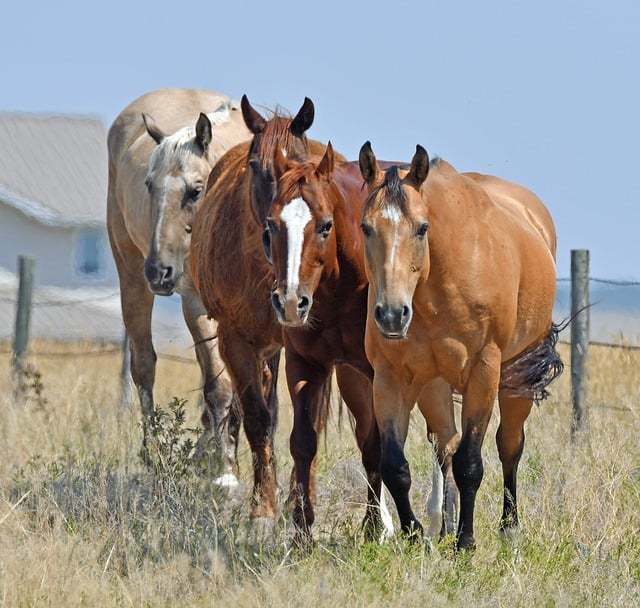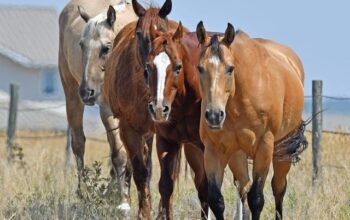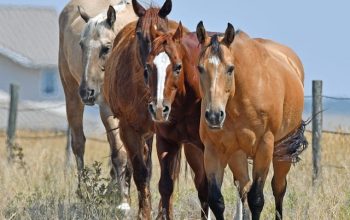To build a fence on your Ontario farm, research local regulations and permits through your municipal government or regional organizations, focusing on "Fence for Farms ON." Comply with height restrictions, material guidelines, and placement rules, especially near waterways or public spaces. Check the Farm Stewardship Program for sustainable farming resources and ensure your fence aligns with both agricultural needs and environmental protections to avoid fines or delays. Choose fence materials based on durability, maintenance, and aesthetic preferences, considering crop protection, livestock safety, or curb appeal.
Building a robust farm fence is a significant step towards protecting your agricultural investment. Ontario farmers, take note! This comprehensive guide will walk you through five essential steps to erecting a durable fence, ensuring your animals remain contained and your operation runs smoothly. From navigating local regulations to selecting the perfect material and design, we cover everything you need to know for a successful farm fencing project in Ontario.
Understanding Ontario's Regulations and Permits for Farm Fences
Building a fence on your farm in Ontario involves more than just choosing the right materials and design. It’s crucial to understand local regulations and permits for farm fences to ensure your project complies with legal requirements. The province of Ontario has specific guidelines in place to protect natural resources, rural communities, and agricultural practices. Before breaking ground, familiarize yourself with the relevant laws and obtain any necessary permits.
One key aspect is to check with your local municipal government or regional organization, as they can provide detailed information on permitted fence types, heights, and materials. Additionally, Ontario’s Farm Stewardship Program offers resources and guidelines for sustainable farming practices, including fence construction. Understanding these regulations will ensure your farm fence not only meets legal standards but also aligns with responsible agricultural practices in the province.
– Legal considerations and permits required
Before beginning any farm fence construction in Ontario, it’s crucial to understand the legal considerations and permits required. Check with your local municipal government to determine if a building permit is necessary for your project. Different regions within Ontario may have specific regulations regarding fence height, materials used, and placement, especially near waterways or other public spaces. Additionally, consider any heritage or environmental protections that might apply to your land.
Fencing laws in ON are designed to balance the needs of farmers with the well-being of the community and natural surroundings. Understanding these rules is essential to ensure a smooth construction process and avoid potential fines or legal issues down the line. Always consult with local authorities and seek professional advice if needed to confirm compliance with all farm fence regulations for your specific area.
– Local by-laws and zoning regulations
Before beginning your farm fence project in Ontario, it’s crucial to research and understand local by-laws and zoning regulations. These rules vary across different municipalities but generally aim to maintain order and safety within communities. One key consideration is ensuring your fence design complies with height restrictions and placement guidelines. For instance, some areas may limit the maximum height of fences to maintain line of sight for emergency vehicles or neighbouring properties. Additionally, there might be specific requirements for fencing around agricultural fields, water bodies, or environmentally sensitive areas.
It’s also important to verify any permits required for constructing a fence in your area. Many municipalities demand permits for certain types of fencing, especially those that encroach on public rights-of-way or impact community infrastructure. Checking with your local municipality or county clerk’s office will provide you with the necessary information and ensure your farm fence project stays within legal boundaries, avoiding potential fines or delays. Remember, compliance with local by-laws and zoning regulations is essential for a smooth construction process and a durable, legally sound fence for your Ontario farm.
Choosing the Right Fence Material for Your Farm
When considering a fence for your farm in Ontario, selecting the appropriate material is a crucial first step. Different materials offer varying levels of durability, maintenance requirements, and aesthetic appeal. For example, vinyl fences are low-maintenance and resistant to rot, making them ideal for wetter climates like Ontario’s. However, they might not provide the same level of security as a sturdy metal fence, which can deter wildlife and offer better protection for livestock.
Wooden fences, such as cedar or pressure-treated options, are popular choices due to their natural beauty and ability to blend seamlessly into farm landscapes. They require regular maintenance but offer excellent privacy and noise reduction. Consider your farm’s unique needs – whether it’s protecting crops from animals, ensuring the safety of livestock, or simply enhancing curb appeal – when deciding on the best fence material for your Ontario farm.
Building a fence for your farm in Ontario involves careful planning and consideration. By understanding local regulations, obtaining necessary permits, and selecting suitable fence materials, you can create a durable and aesthetically pleasing barrier that enhances your property while adhering to legal requirements. Following these steps ensures a smooth process, allowing you to focus on the most important aspect: securing your farm efficiently and effectively.




